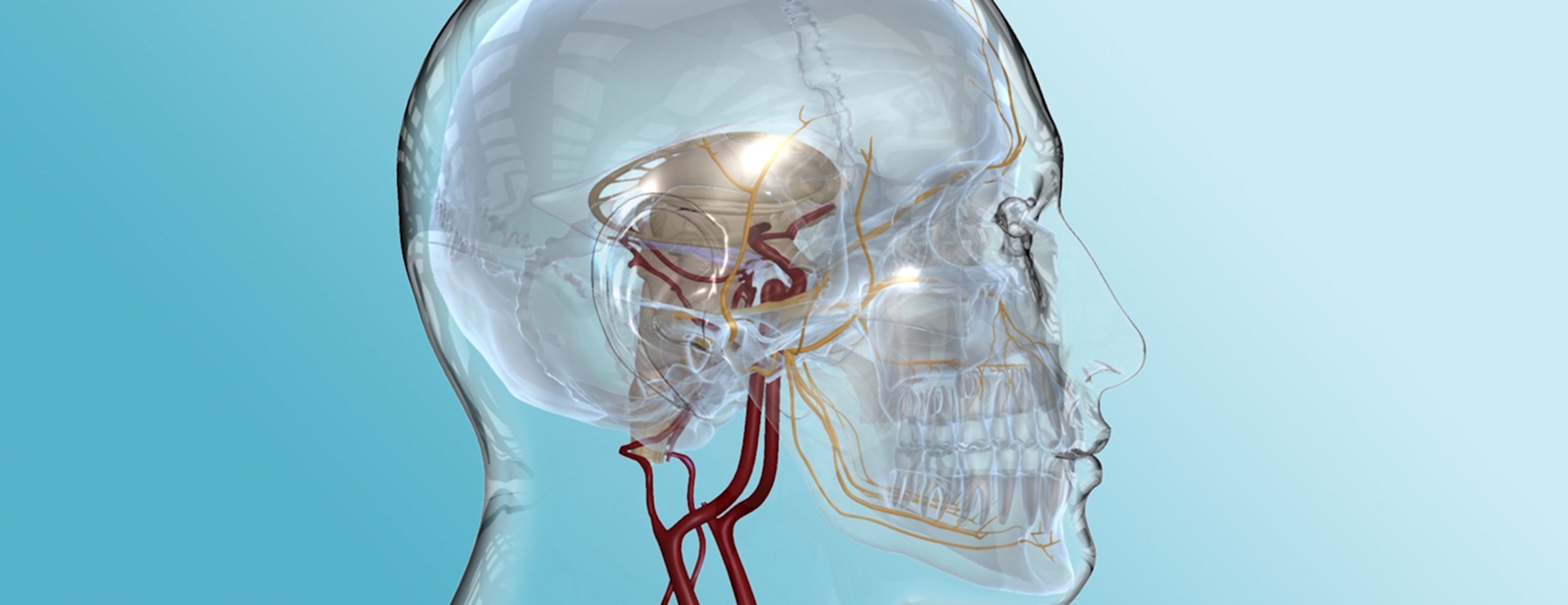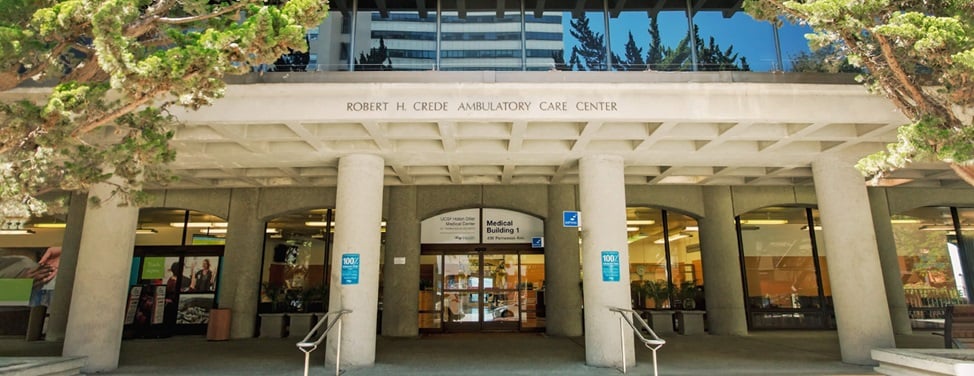Microvascular decompression is a surgical procedure for treating intensely painful or spasming facial nerves when medications haven't brought relief. We provide this option for patients who have trigeminal neuralgia, glossopharyngeal neuralgia or hemifacial spasm. Any of these conditions can result from a vein or artery compressing one of the cranial nerves. When this occurs, every pulse of blood through the vessel irritates the nerve, triggering stabbing facial pain and muscle spasms.
Our first line of treatment is always medication. A variety of drugs can relieve the pain or spasms, but if they prove ineffective, the next step is surgery, and most often we turn to microvascular decompression. In this procedure, the surgeon moves the offending blood vessel away from the affected nerve and inserts a tiny Teflon pad between the two; this keeps them apart and buffers the nerve from the blood vessel's pulsations. Alternatively, the surgeon may insert a small sling to pull the blood vessel away from the nerve.
While considered the most invasive surgery for these conditions, microvascular decompression is also the best way to fix the underlying problem. It causes the least damage to the nerve and does the best job of freeing patients from pain or spasms and reliance on medication. About 80 percent of patients gain long-term relief from their symptoms.
UCSF's neurology and neurosurgery services are among the best in the country. Our Trigeminal Neuralgia Clinic is one of the largest referral centers for trigeminal neuralgia in the United States, with a team that specializes in diagnosing and treating the condition.








